Queen Elizabeth National Park is one of Uganda’s most important wildlife hotspots. Originally known as Kazinga National Park, the park was renamed after Queen Elizabeth II of England. It has become an important part of efforts to protect Uganda’s rich wildlife and natural beauty, not only the central ecosystem but also the surrounding communities.
The park’s main attraction is its incredible wildlife. Queen Elizabeth National Park is home to a wide variety of animals, including elephants, lions, leopards, buffaloes, and hippos. The park is divided into three main areas, each offering a unique experience:
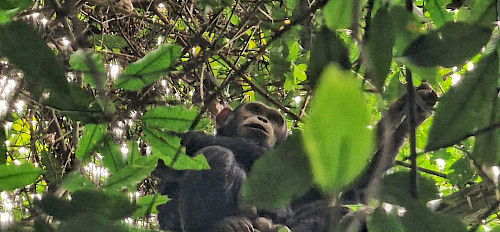
| Duration | 4 days |
| Destinations | Уганда |
This compact adventure takes you deep into Uganda’s wild beauty. Start in Kibale Forest, where you'll track playful chimpanzees and explore crater lakes....
More Details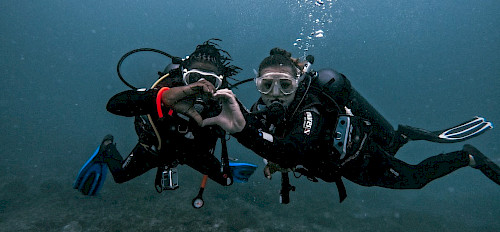
| Duration | 10 days |
| Destinations | Уганда Танзания |
Our 10-day Uganda gorilla trekking and Mafia Island safari will take you to destinations like Bwindi Impenetrable National Park, located in the southwestern...
More Details
| Duration | 18 дней days |
| Destinations | Уганда Туры по наблюдению за гориллами в Руанде Танзания Кения Восточная Африка |
Это удивительное восточноафриканское сафари, поскольку оно приведет вас к четырем...
More Details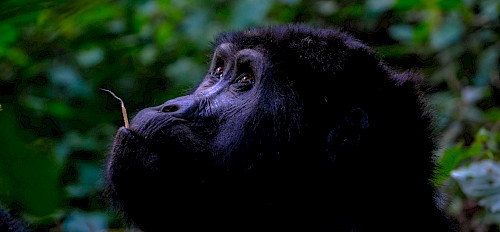
| Duration | 14 дней days |
| Destinations | Уганда Туры по наблюдению за гориллами в Руанде Танзания Восточная Африка |
Это 14 -дневное замечательное Уганда, Руанда и Танзания Сафари предложит вам...
More Details
| Duration | 10 дней days |
| Destinations | Уганда Туры по наблюдению за гориллами в Руанде |
Вы проведете 10 дней на сафари в Уганде и Руанде, посетив следующие места; Национальный...
More Details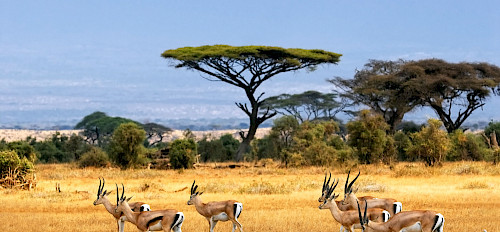
| Duration | 10-дневное эксклюзивное сафари в Уганде days |
| Destinations | Уганда |
Во время вашего 10-дневного эксклюзивного сафари в Уганде вы насладитесь голубым небом...
More Details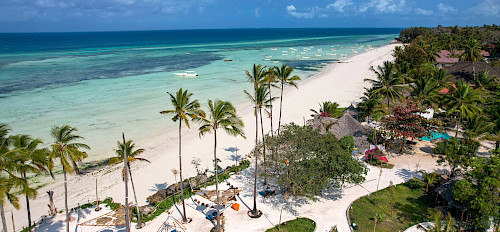
| Duration | 10 дней days |
| Destinations | Уганда Танзания Восточная Африка |
Ваш 10-дневный поход к гориллам в Уганде и сафари на Занзибаре приведет вас в такие...
More Details
| Duration | 8 дней days |
| Destinations | Уганда Туры по наблюдению за гориллами в Руанде Сафари в Конго - ДР Конго Восточная Африка |
우간다, 르완다, D.R.에서 8일간 고릴라 사파리를 보내게 됩니다. 콩고에서는 이 세 나라의 다양한 국립공원에서...
More Details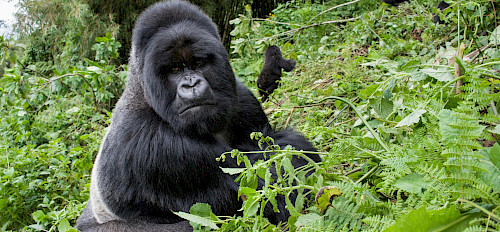
| Duration | 6 days |
| Destinations | Уганда |
Проведите невероятное время в этом 6-дневном сафари на приматов и дикую природу Уганды,...
More Details
| Duration | 14 дней days |
| Destinations | Уганда |
14 дней Уганды Гориллы и приключенческие сафари уволяют у вас около двух недель...
More Details
| Duration | 12 дней days |
| Destinations | Уганда |
12-дневное лучшее сафари по дикой природе Уганды сочетает в себе целый ряд мероприятий:...
More DetailsAlso referred to as the Kasenyi Sector or sometimes Mweya, Kasenyi Plains are located in the northeastern part of Queen Elizabeth National Park. These plains offer endless views of savannah landscapes teeming with wildlife, making them a must-visit for safari enthusiasts. Neighboring the exceptional shores of Lake George and connecting to the famous Kazinga Channel, the plains are a hotspot for both wildlife and unique cultural experiences.
The Kasenyi Plains are renowned for their large herds of Uganda kobs, which use the plains as a mating ground. This concentration of antelopes attracts predators, including lions and leopards, offering visitors excellent opportunities to witness dramatic predator-prey interactions. With an estimated population of about 200 lions, the plains are one of the best places in Uganda to spot these majestic big cats, as well as leopards and hyenas. Other wildlife commonly seen include elephants, buffaloes, warthogs, and waterbucks, often grazing across the open plains.
Bird enthusiasts will find the Kasenyi Plains a haven for birdwatching. The area boasts species such as the grey-crowned crane, red-throated spur fowl, and yellow-throated longclaw, among others. The proximity to Lake George’s papyrus swamps also allows visitors to spot unique species like the sitatunga antelope and a variety of wetland birds.
The Ishasha Sector is a remarkable and unique part of Queen Elizabeth National Park, located in the southwestern rim of the park in western Uganda. This area is renowned for its iconic tree-climbing lions. These lions can often be seen lounging in candelabra trees with broad branches that provide the perfect resting spot. While tree-climbing lions are also found in Lake Manyara National Park in Tanzania, Ishasha offers a more consistent opportunity to observe them due to their higher numbers and ease of tracking.
Research suggests that these lions climb trees for various reasons, including escaping the heat of the ground during the dry season, relaxing after hunts, and using the elevated vantage point to spy on prey such as Uganda kobs, which are abundant in the area. The interaction between the lions and the kobs creates an incredible spectacle for safari enthusiasts.
In addition to the famous lions, Ishasha is home to a wide array of wildlife. Visitors may encounter large herds of African elephants, whose ears resemble the shape of the African map, as well as numerous antelope species, including topis and Uganda kobs. Leopards and other big cats are also occasionally spotted, adding to the excitement of a safari here.
The Mweya Peninsula, located in the Rwenzururu sub-region of Kasese District, is a crown jewel of Queen Elizabeth National Park. Its central location and abundant attractions make it one of the park's most visited areas.
Mweya Peninsula's appeal stems from its excellent transport links via Mweya Airport, its quality accommodations, and its proximity to iconic features like the Kazinga Channel and Lake Edward. It’s often included in broader southwestern Uganda itineraries that combine activities like game drives, Kazinga Channel cruises, and gorilla trekking in Bwindi Impenetrable Forest or chimpanzee tracking in Kibale Forest.
Kazinga Channel Boat Cruises:
The Kazinga Channel, a 32-kilometer stretch linking Lake Edward and Lake George, is home to one of the world’s largest concentrations of hippos, numerous Nile crocodiles, elephants, buffaloes, and over 100 species of water birds, including the African skimmer. Visitors can enjoy a two-hour boat cruise operated by either the Uganda Wildlife Authority or Mweya Safari Lodge, with options for luxury experiences on vessels like the Kingfisher.
Game Drives:
Mweya Peninsula’s game trails offer classic savannah safari experiences. Early morning or late afternoon drives reveal elephants, buffaloes, warthogs, and a variety of antelope species. Nocturnal game drives provide opportunities to spot elusive predators like leopards and hyenas.
Mongoose Tracking:
Join a team of researchers to track the banded mongoose, an agile mammal with complex social structures. This three-hour activity provides a rare chance to observe their behavior in their natural habitat.
One of the most unique experiences in Queen Elizabeth National Park is chimpanzee tracking in Kyambura Gorge, also known as the "Valley of Apes." Situated on the park’s eastern edge, this gorge offers an unforgettable chance to watch chimpanzees in their natural habitat. If you're looking for more chimpanzee trekking, nearby Kalinzu Forest and Maramagambo Forest also provide excellent opportunities to see these fascinating primates.
Queen Elizabeth National Park is a perfect stop on a broader Ugandan safari. If you're planning to trek gorillas in Bwindi Impenetrable National Park, the two parks are close enough to combine both experiences in one trip. Queen Elizabeth is also situated near Kibale Forest National Park, another must-visit destination for those interested in chimpanzee trekking.
While Queen Elizabeth National Park is beautiful year-round, the best time to visit is during the dry months of June to September and December to January. These months make it easier to spot wildlife, as animals tend to congregate around water sources. Additionally, the park’s roads are more accessible during these months, making it easier to navigate and enjoy your adventure.